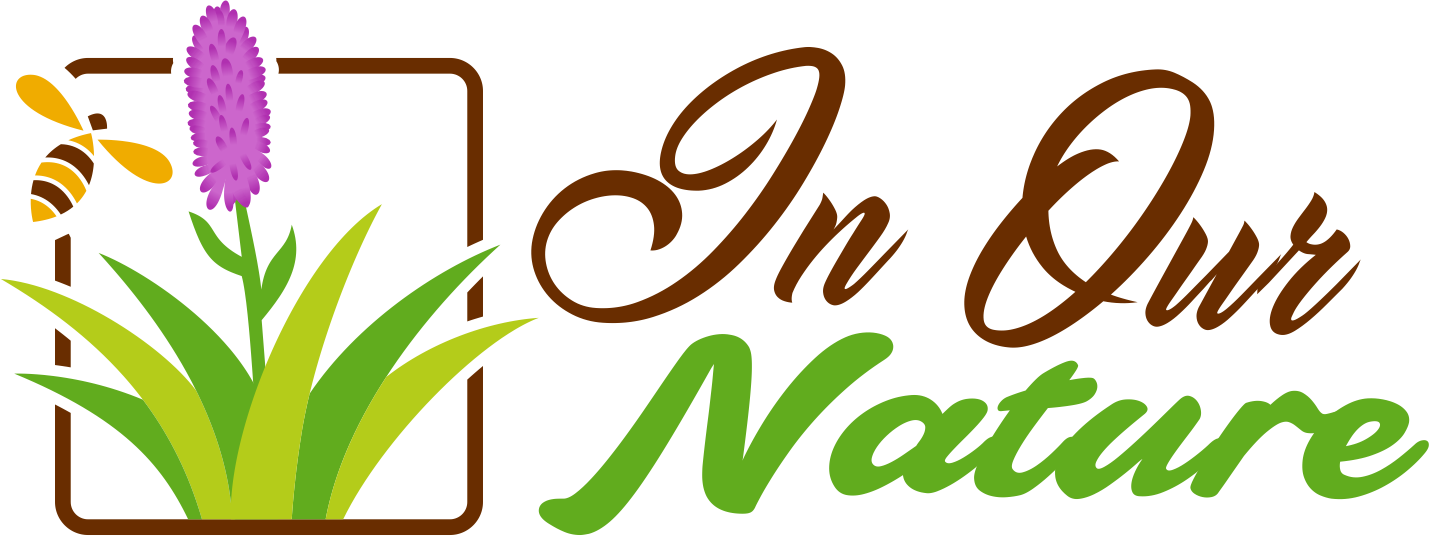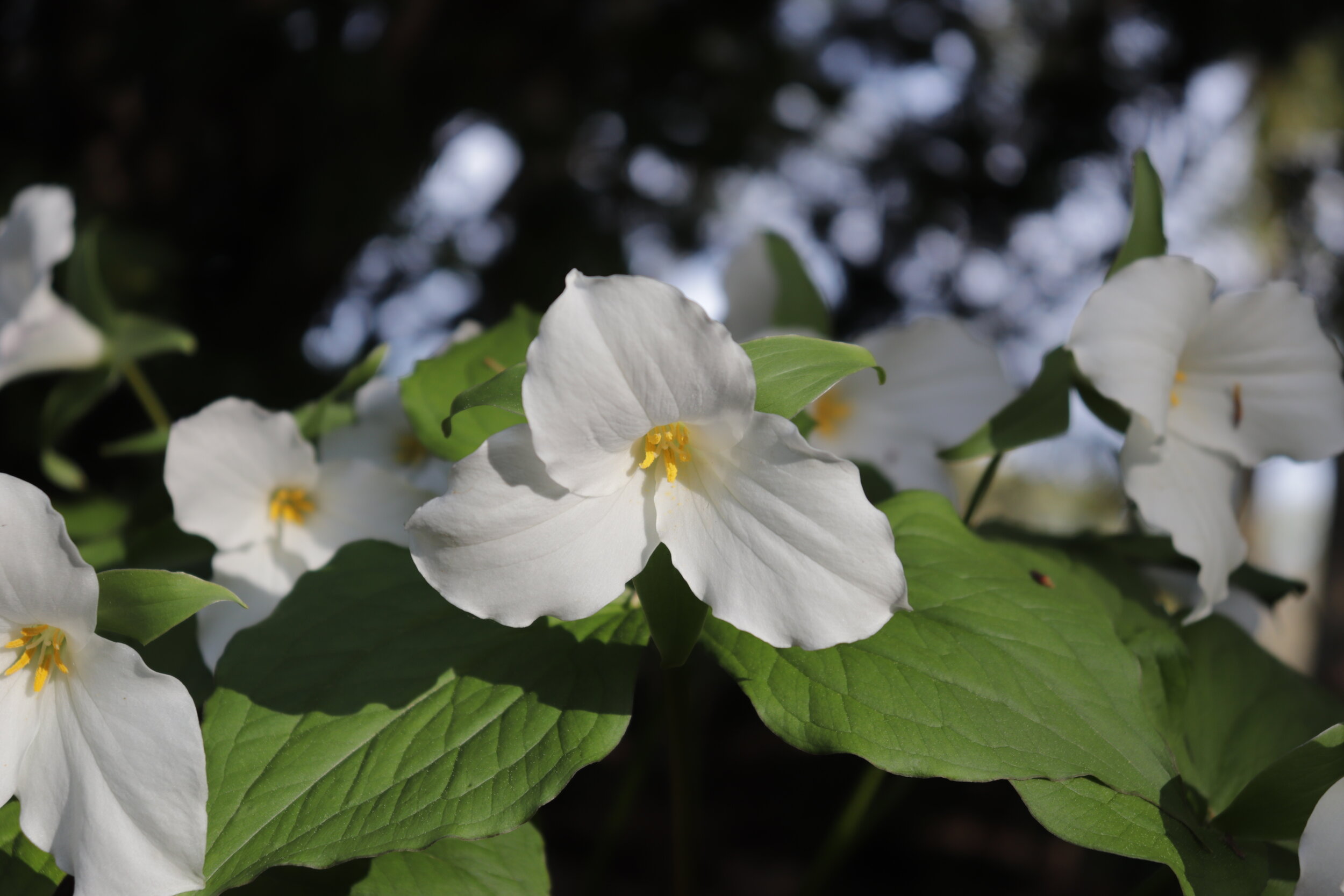How to Shop for Native Plants
Finding native plants in Ontario can be challenging because native plant nurseries can be hard to find. However, when buying native plants it is recommended that you look for a nursery that specializes in Ontario’s native plant as opposed to a “big box store”.
Why Choose a Native Plant Nursery?
Generally, native plant suppliers will be much more knowledgeable on Ontario’s native plants and can answer any questions you may have. Also, they have the knowledge to guide you in choosing the ecologically appropriate plants for your garden. Here is what to look for in a supplier:
1. Avoid cultivars of native plants (Nativars)
Choose a native plant nursery who focuses on straight species (non-cultivar or wild-type). Generally, cultivars are less appealing to wildlife because they are selected for traits that appeal to humans, not wildlife.
For example, Double bloom cultivars (often found in Echinacea) are often less valuable to pollinators because the stamens, which provide pollen, have been mostly converted into petals. This means that pollinators will visit the flower, but find little or no food. Those that do still have pollen are often much harder to access due to the excess petals getting in the way. Plants like this won’t be very helpful in a pollinator garden!
In addition, many cultivars are propagated by cuttings (cloned) and lack the genetic diversity that seed-grown plants have. Genetic diversity allows plants to adapt to environmental stresses which is increasingly important in a changing climate.
Find a nursery that doesn’t dig plants from the wild.
2. Look for nursery propagated plants - never dig from the wild
Ensure that your local native plant nursery does not harvest plants from the wild but rather propagates their own.
Harvesting plants from the wild is unsustainable because our natural areas simply don’t have the ability to recover from harvesting for the nursery trade. White Trilliums are one of those native plants commonly dug from the wild because they take a long time to grow from seed. Always ask your supplier if their Trilliums are nursery propagated (rather than nursery grown).
Wild harvesting seeds is acceptable if a grower harvests sustainably (<10% of a seed source) according to the North American Native Plant Society’s ethical seed harvesting guidelines. The only time wild collecting is justified is if they plants come from a plant rescue and would otherwise have been destroyed.
Don’t be afraid to ask your supplier if they adhere to these ethical standards.
3. The origin of your native plants matters
Choose a native plant nursery that grows native plants of local genetic origin (or as close to the planting location as is reasonably possible). Such plant material is also known as local ecotypes.
Choosing local ecotypes will help increase success in your planting because it helps ensure that your native plants are as closely adapted to local growing conditions as possible. For example, an Acer saccharum grown in Toronto, Ontario will be adapted to different growing conditions than an Acer saccharum grown in Thunder Bay, Ontario. In fact, many traditional nurseries will sell a plant as native even if it originates from stock grown in the USA.
In the end, it’s highly recommended to buy from local suppliers who can assure you that your plants are of local origin.
Chemical treatments harm wildlife such as this Monarch caterpillar.
4. Avoid nurseries that use chemical treatments
Make sure the supplier/grower has never used any chemical pest treatments on the plants such as pesticides. Many chemical treatments not only harm wildlife but are also completely unnecessary. As native plant growers, we WANT our plants to be eaten by wildlife because it means that we are contributing to the ecosystem.
If you are buying good quality native plant stock then you don’t have to worry about pet and disease problems because the plants will be able to resist them.
6. Native plant growers know best
It’s easy to buy a plant on impulse (we have all done it!) but impulse buys typically don’t result in great success. Native plants are low maintenance, but only if we choose the right plants for our conditions. For example, Butterfly Milkweed is a great host and nectar plant but if you plant it in moist soil it just won’t thrive. Understand your growing conditions and stick to plants adapted to those conditions.
If you have a question about what native plant will do best in your yard then go to a local native plant grower and take advantage of the knowledge and passion that they have for native plants.
Summary
I encourage you to choose a native plant grower/supplier because because their deep knowledge and quality product will help you have the best possible native plant gardening experience. The right plants will not only be best for your garden, but best for the wildlife that you share it with too.
The more we choose native plants in our gardens, the more we increase demand and support the cause of bringing native plants back into our landscapes!
Find out more about the native plants we stock at In Our Nature



